In the evolving renewable energy sector, Battery Energy Storage Systems (BESS) have become crucial for integrating solar and wind power into grids. To fit diverse utility, commercial, and residential needs, BESS cases undergo customization based on specific requirements, site conditions, and goals. This guide outlines the typical customization process and showcases projects illustrating BESS's versatility and impact.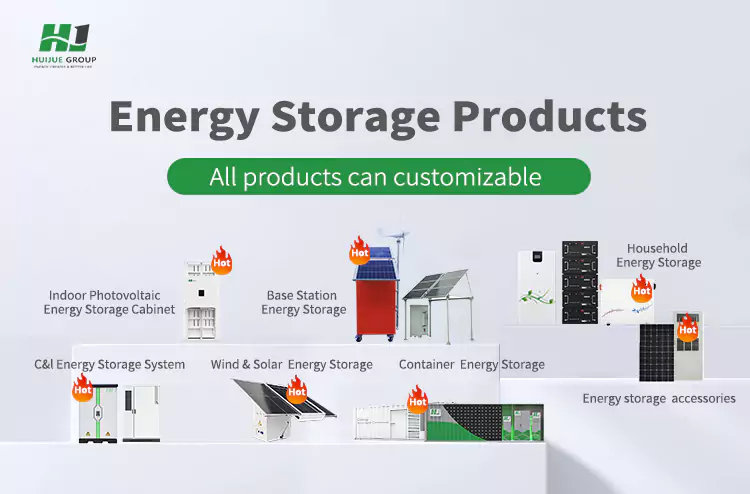
Customization Process of BESS
1. Needs Assessment & Goal Setting
The journey begins with a thorough analysis of the client's energy needs, existing infrastructure, and desired outcomes. This phase involves identifying the primary purpose of the BESS—be it peak shaving, demand response, backup power, or renewable integration—and setting clear performance targets. Understanding the client's financial constraints, regulatory environment, and long-term energy strategy is equally crucial.
2. Site Evaluation
Next, a site visit is conducted to assess the physical location, environmental conditions, and available space for the BESS installation. Factors such as temperature extremes, humidity, seismic activity, and proximity to power lines are evaluated to ensure the system's safe and efficient operation. Additionally, the electrical infrastructure, including transformers, switchgear, and interconnection points, is inspected to determine any necessary upgrades or modifications.
3. System Design & Engineering
Based on the needs assessment and site evaluation, a detailed system design is developed. This includes selecting the appropriate battery chemistry (e.g., lithium-ion, lead-acid, flow batteries), determining the optimal power and capacity ratios, and specifying the necessary power conversion systems (PCS), battery management systems (BMS), and thermal management solutions. The design also considers safety features, such as fire suppression systems and ventilation requirements, to mitigate potential risks.
4. Customization & Integration
The customization process involves tailoring the BESS to the client's unique requirements. This may include integrating the system with existing energy management systems (EMS), implementing advanced control algorithms for optimal performance, or designing custom enclosures to blend seamlessly with the surrounding environment. Collaboration with equipment manufacturers, software developers, and installation contractors is essential to ensure seamless integration and compliance with industry standards.
5. Testing & Validation
Before deployment, rigorous testing is conducted to verify the BESS's performance, safety, and reliability. This includes factory acceptance tests (FAT) to ensure all components meet specifications, as well as site acceptance tests (SAT) to validate the system's integration and functionality in its intended environment. Performance simulations and stress tests may also be performed to assess the system's resilience under various operating conditions.
6. Deployment & Commissioning
With testing complete, the BESS is ready for deployment. This phase involves installing the system on-site, connecting it to the power grid, and performing final commissioning activities. The client's staff is trained on system operation and maintenance, and a comprehensive handover package is provided. Ongoing monitoring and maintenance services may also be arranged to ensure optimal performance over the system's lifetime.
Customized BESS Cases
Example 1: Utility-Scale Renewable Integration
A utility in a remote region with abundant solar resources deploys a customized BESS to smooth out the intermittency of solar generation and enhance grid stability. The system is designed with a large capacity to store excess energy during peak sunlight hours and release it during evenings and cloudy days. Advanced control algorithms optimize the system's performance, maximizing the utilization of renewable resources and minimizing reliance on fossil fuels.
Example 2: Commercial Microgrid
A large commercial complex in an urban area integrates a customized BESS into its microgrid to ensure continuous power supply during grid outages. The system is designed with a combination of high power and capacity to meet the complex's critical load requirements and provide backup power for essential services. The BESS is seamlessly integrated with the complex's existing EMS, enabling real-time monitoring and control of energy flows.
Example 3: Residential Solar + Storage
A residential homeowner installs a customized BESS alongside their rooftop solar system to maximize self-consumption and reduce reliance on the grid. The system is tailored to the homeowner's energy usage patterns, with a focus on storing excess solar energy during the day and using it to power appliances at night. The BESS also provides backup power during grid outages, enhancing the homeowner's energy resilience.
In conclusion, the customization process of BESS cases is a multifaceted endeavor that requires a deep understanding of client needs, site conditions, and technological capabilities. By tailoring the system to specific requirements, BESS can play a transformative role in advancing renewable energy integration, enhancing grid resilience, and promoting sustainable energy practices worldwide.



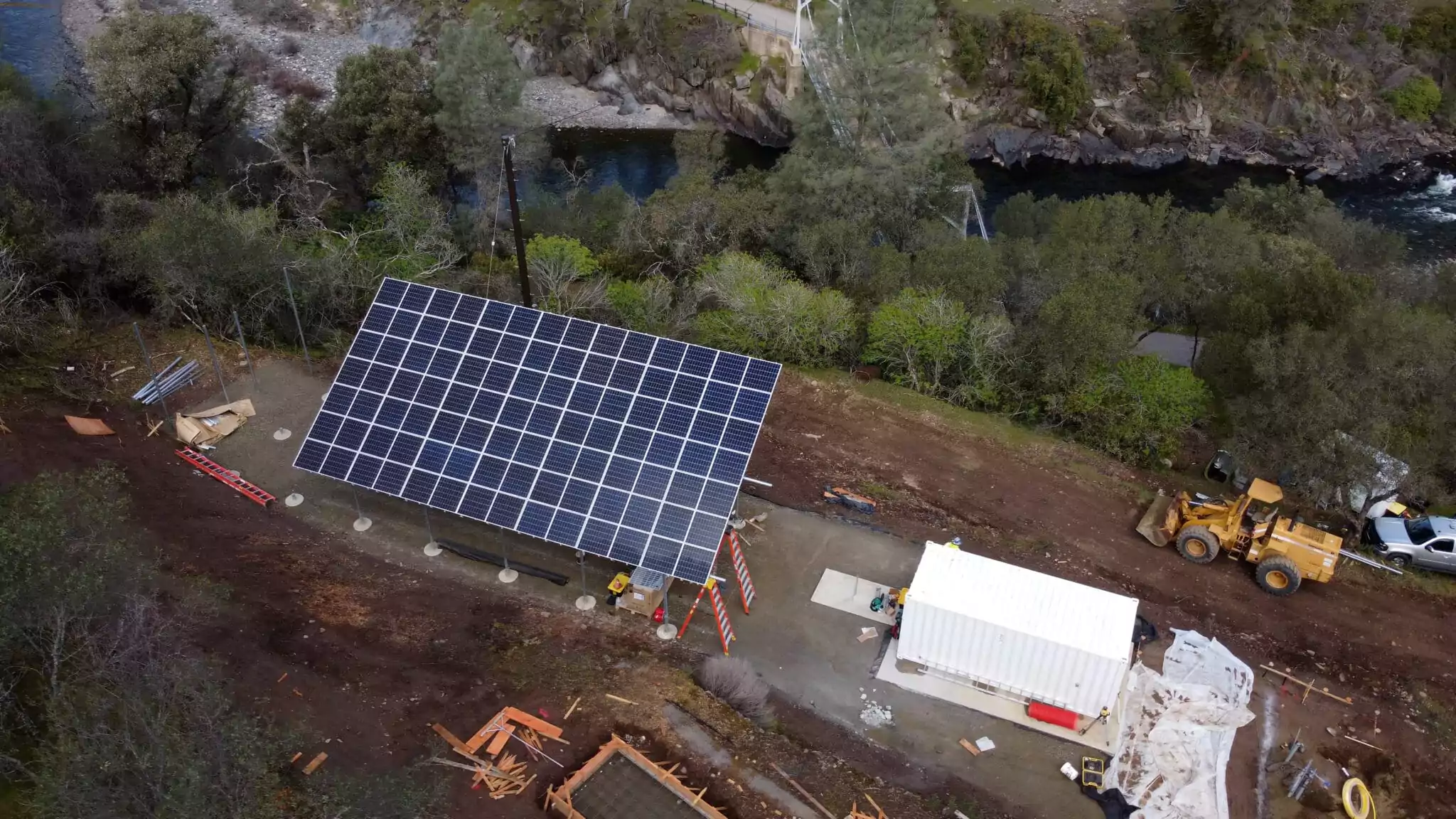
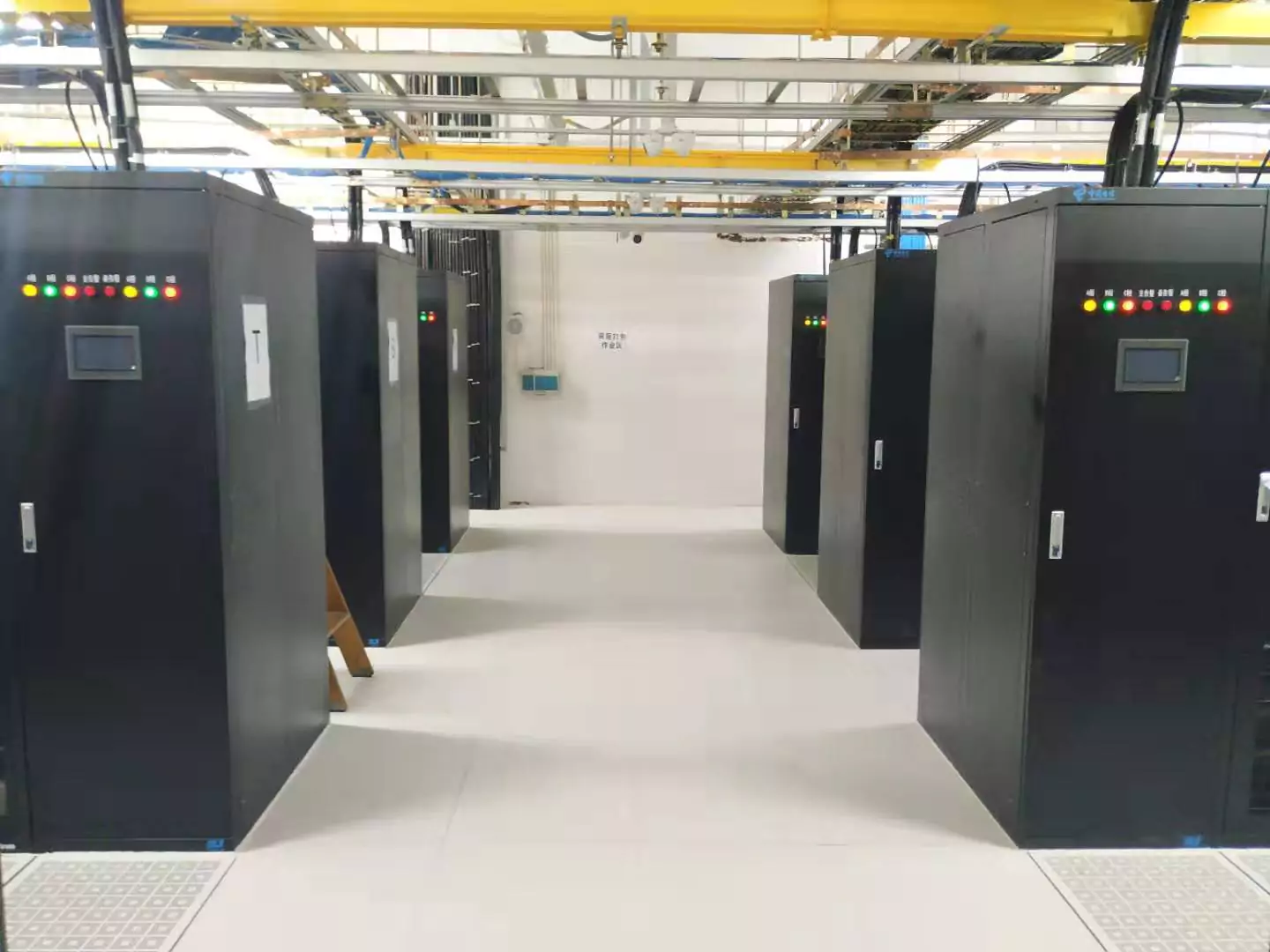
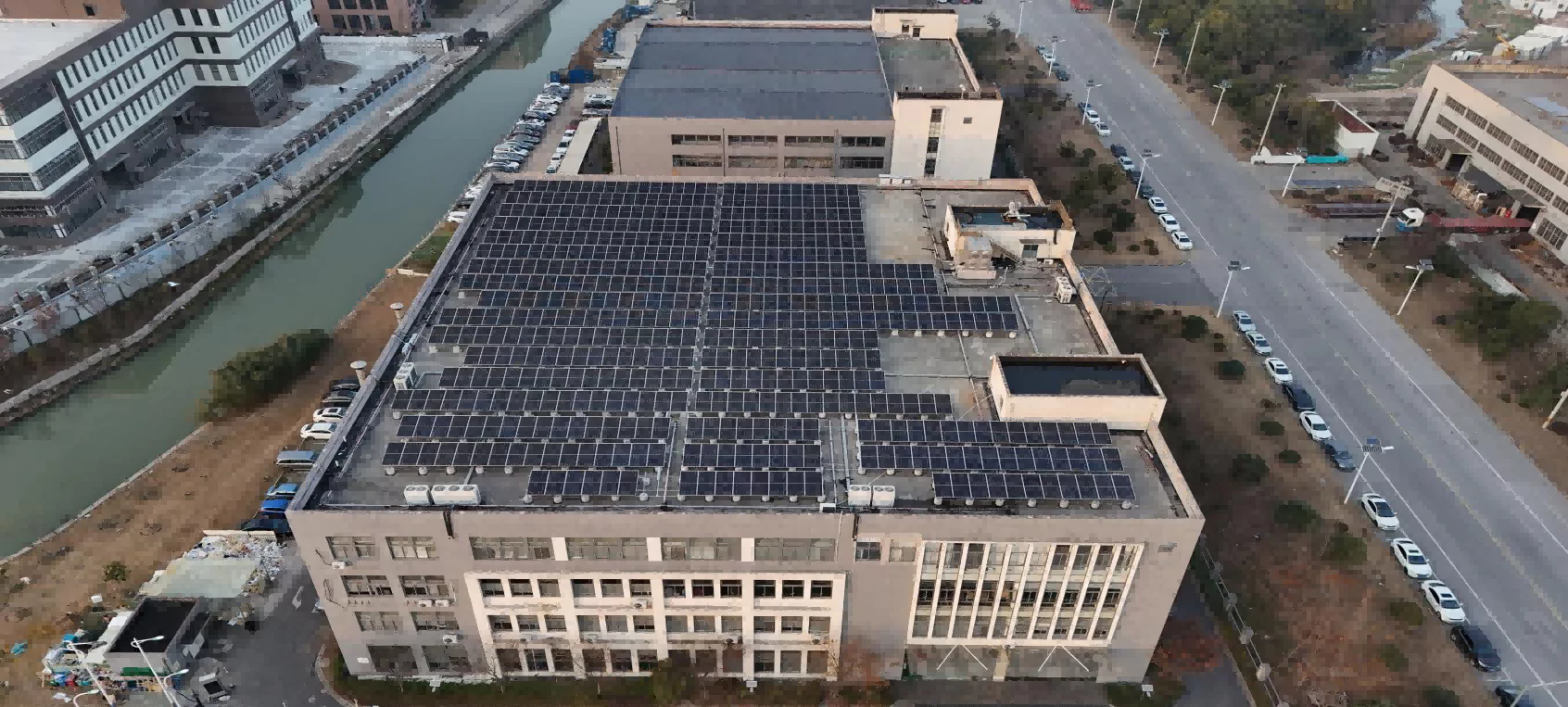
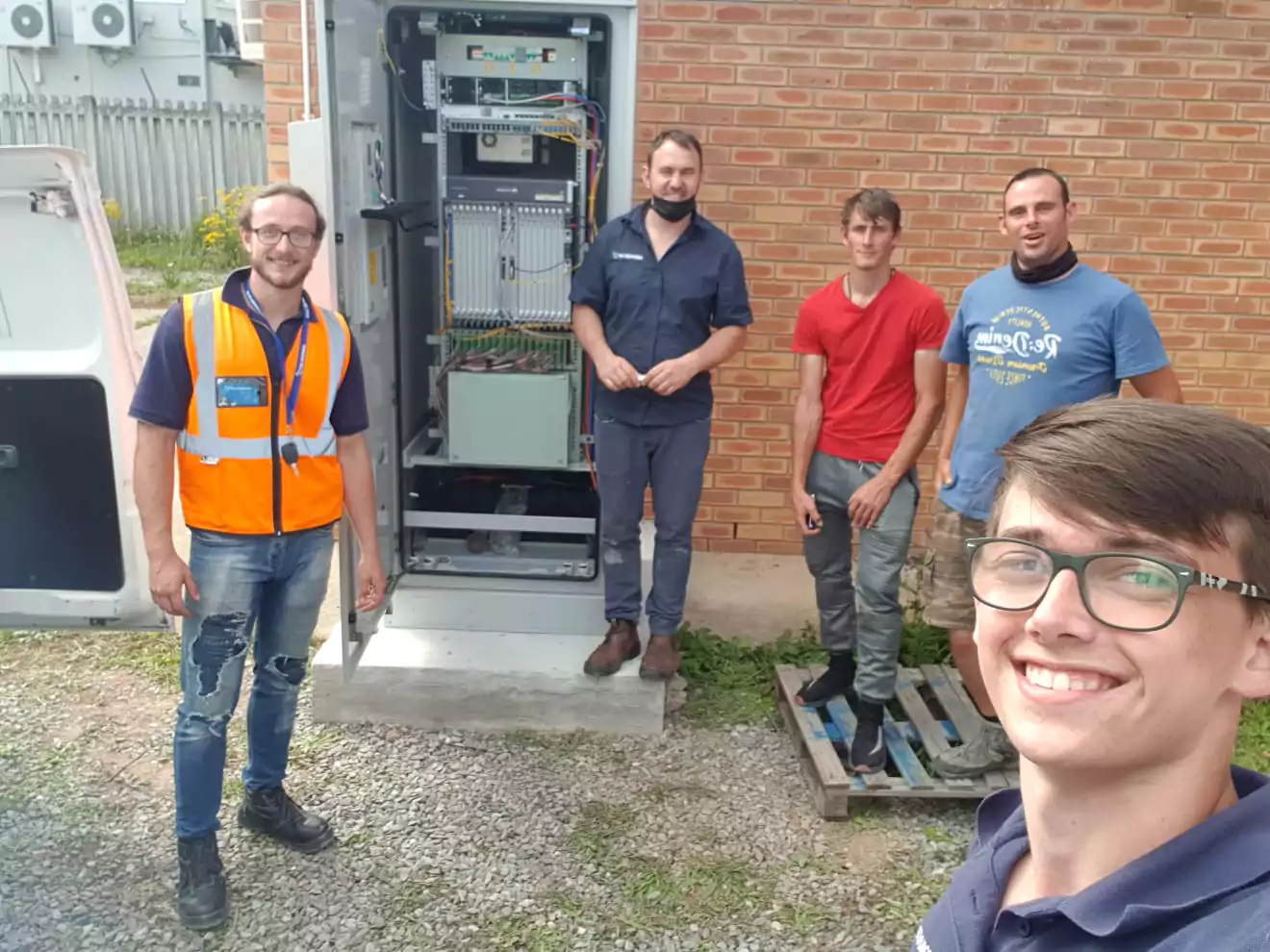
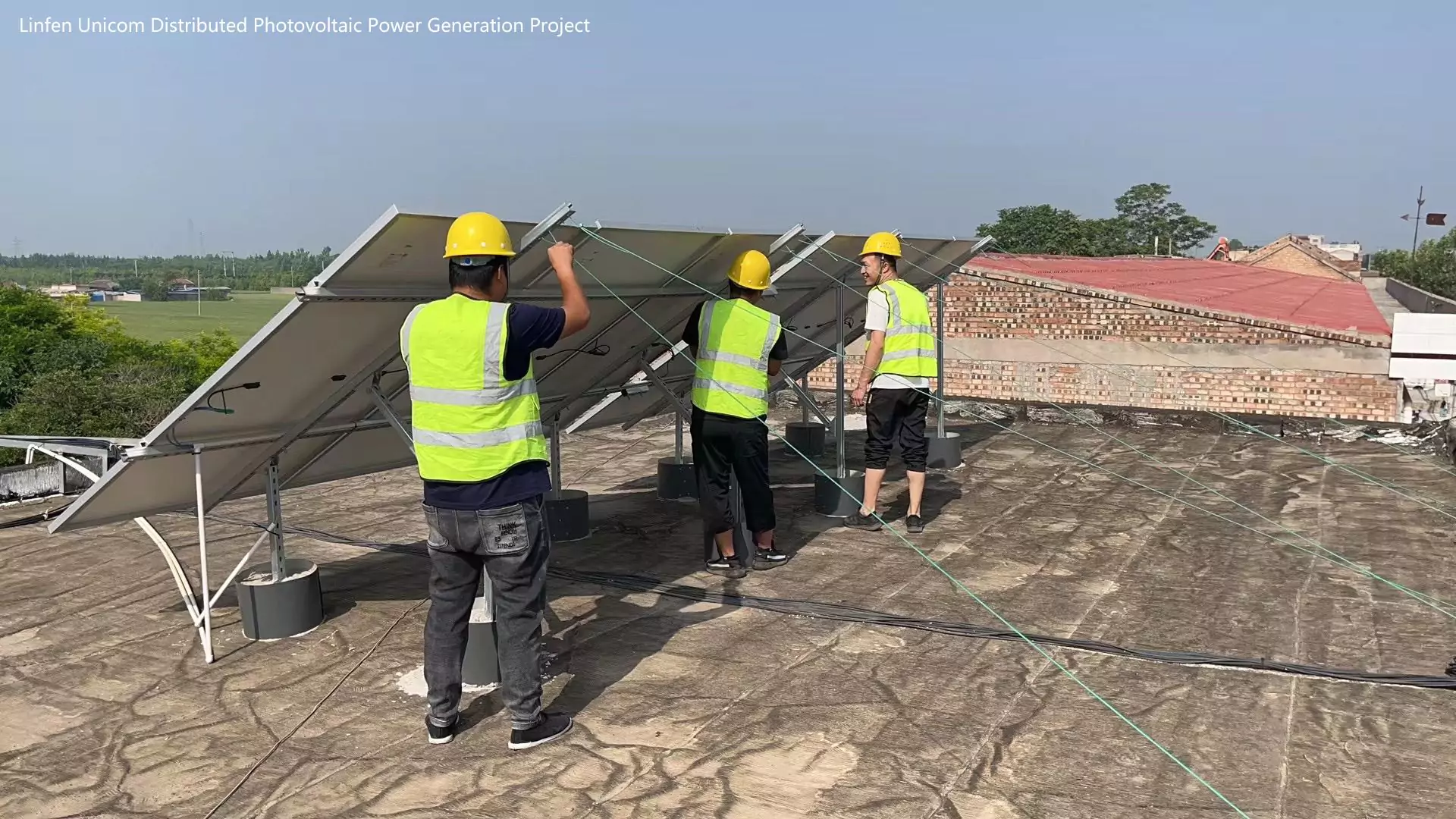
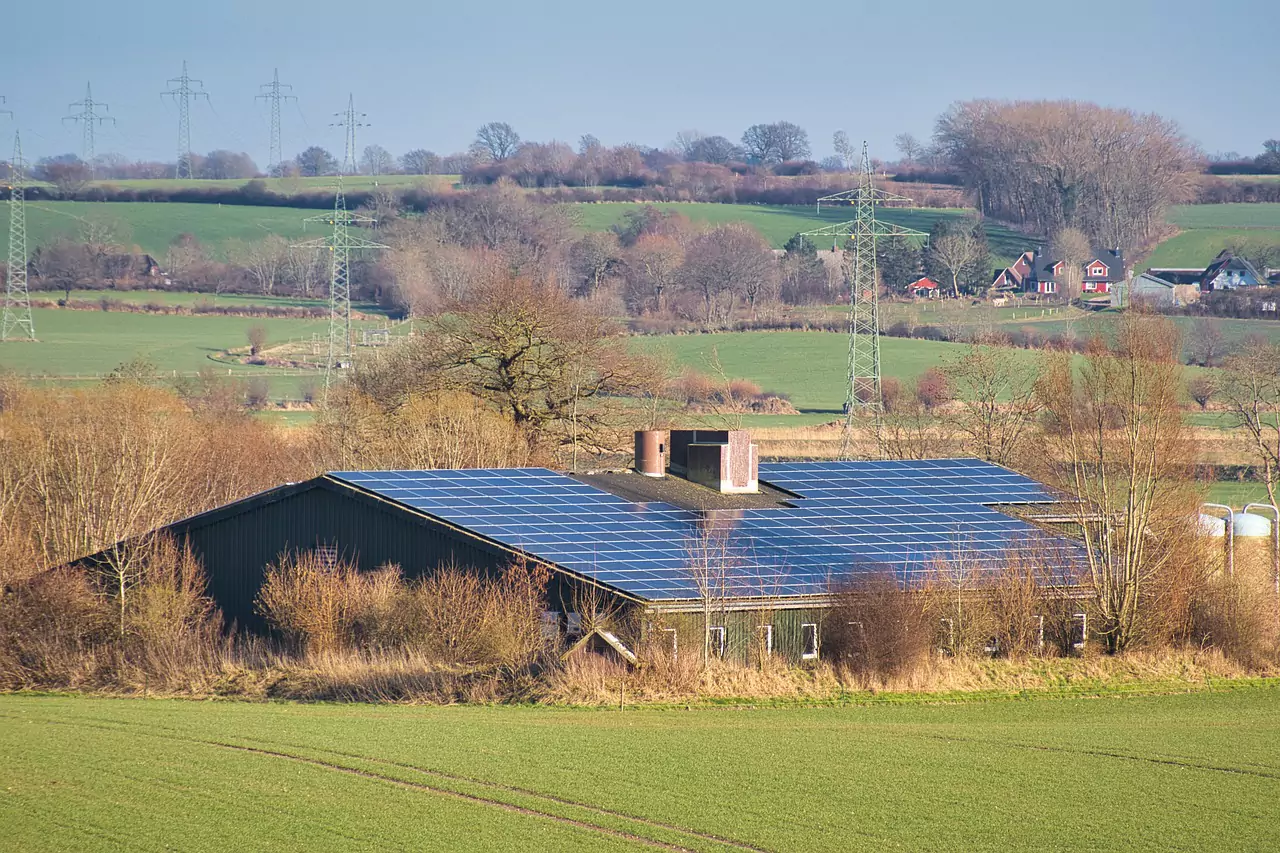
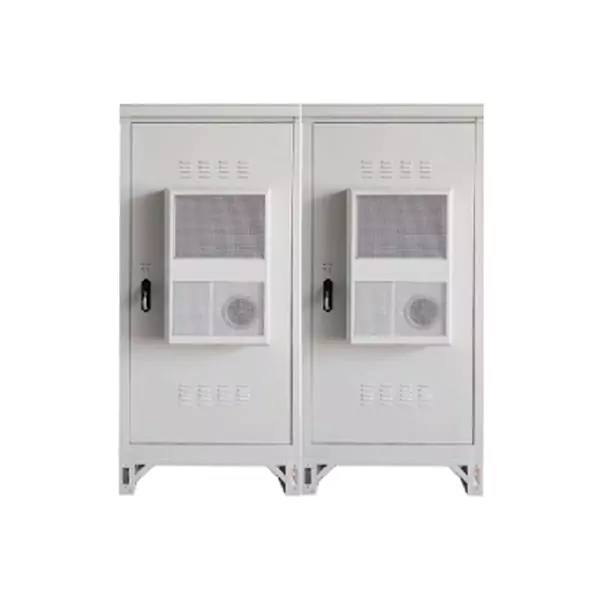
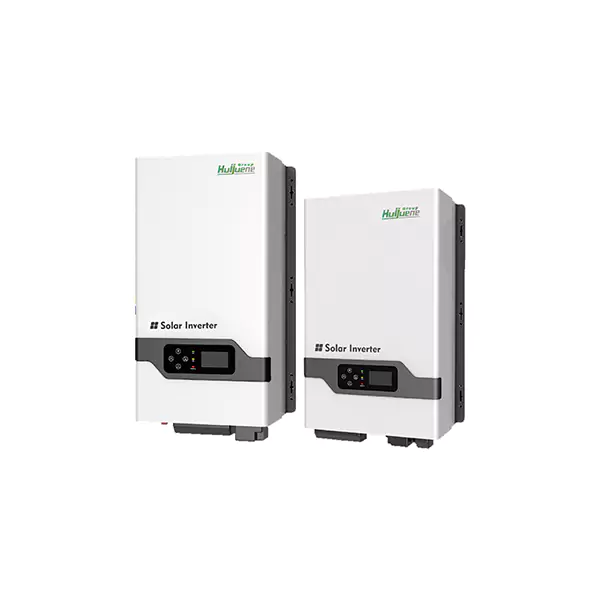
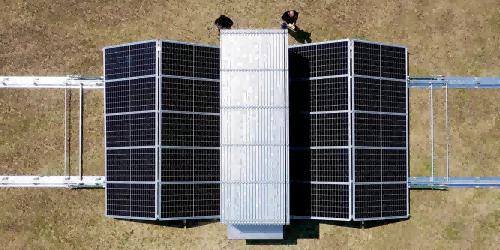
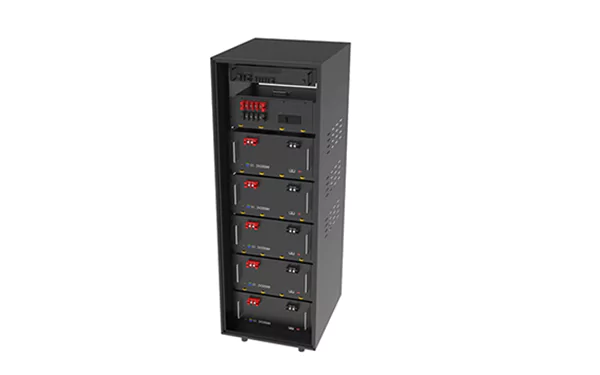
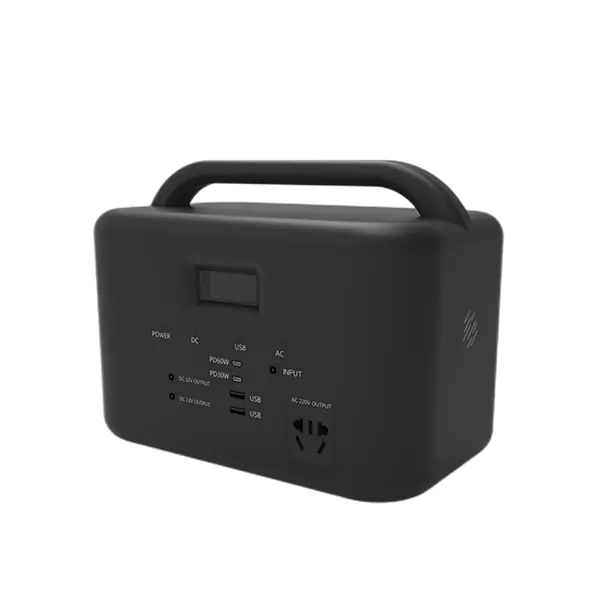

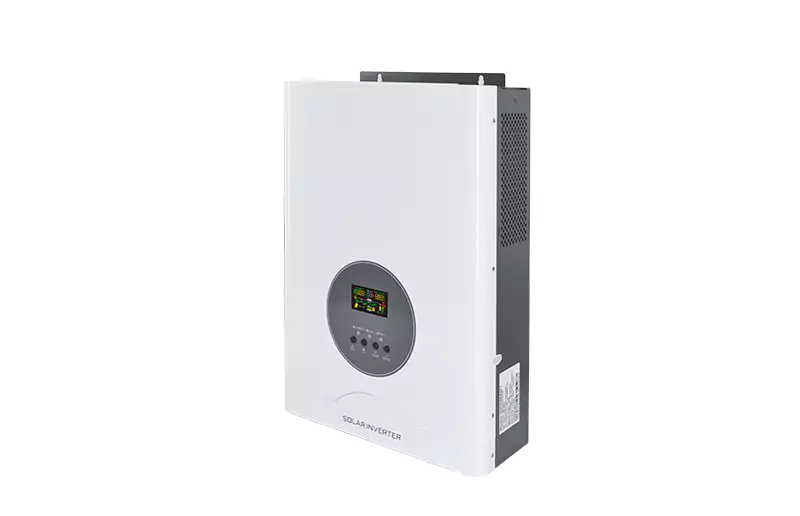

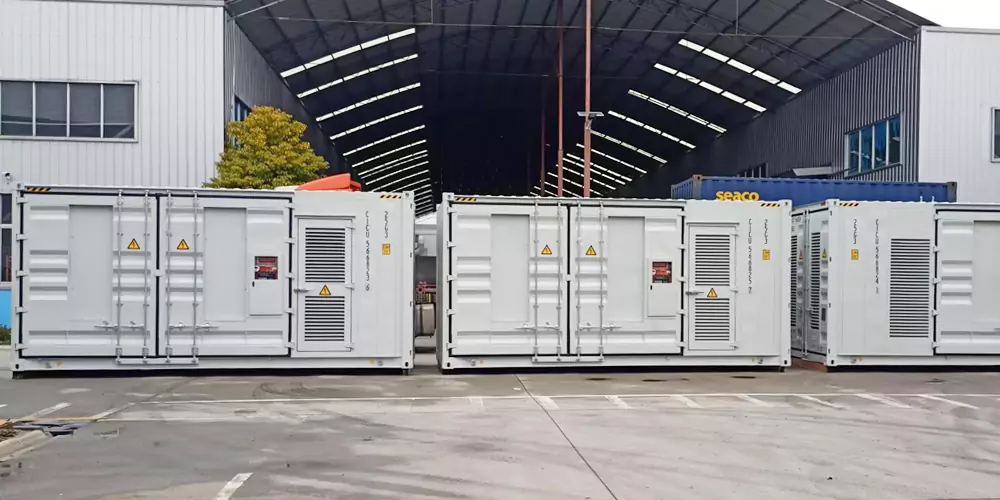
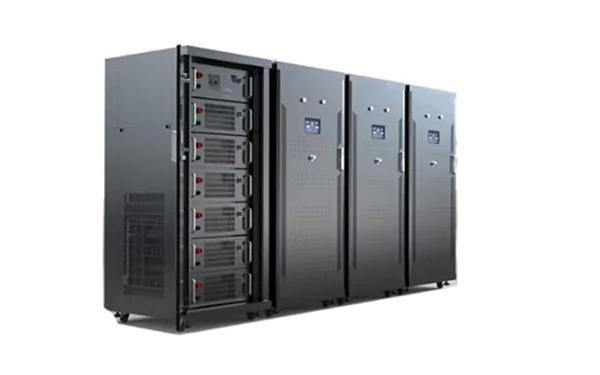
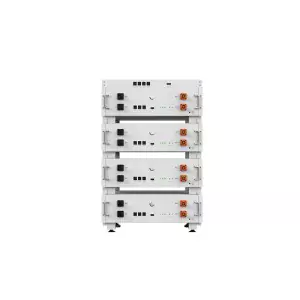
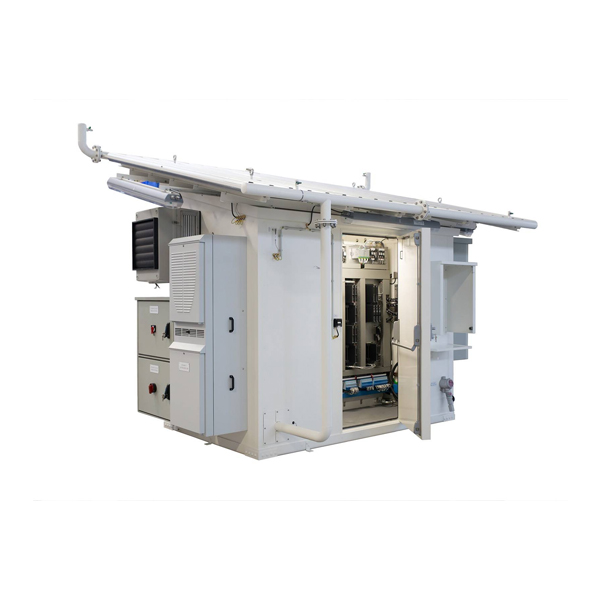
 Inquiry
Inquiry Online Chat
Online Chat